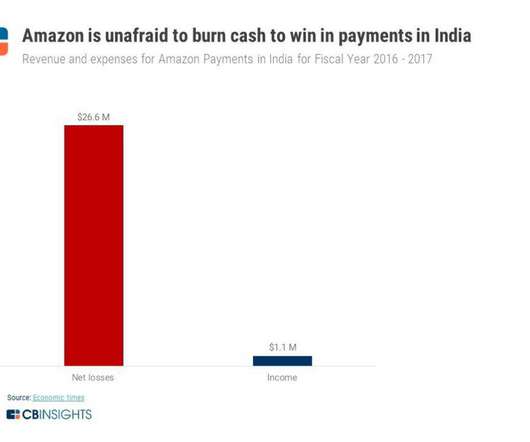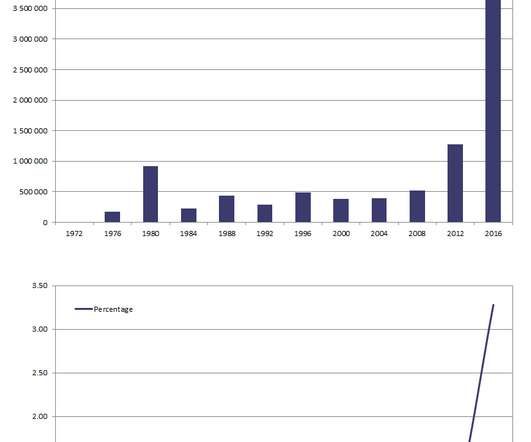Dr. Strangelove or: How Fintechs Will Learn to Stop Worrying and Love Regulation
FICO
DECEMBER 13, 2019
The most prominent villain for fintech companies is regulation. And so it’s easy to see why a fintech company — believing fully in the virtue of its mission and faced with a litany of illogical and intractable regulations — might just say "F*ck it, we're doing it anyways." Disruption-friendly regulations. and China).






























Let's personalize your content